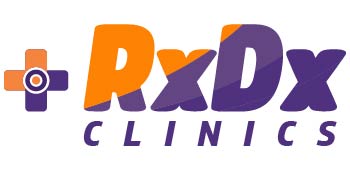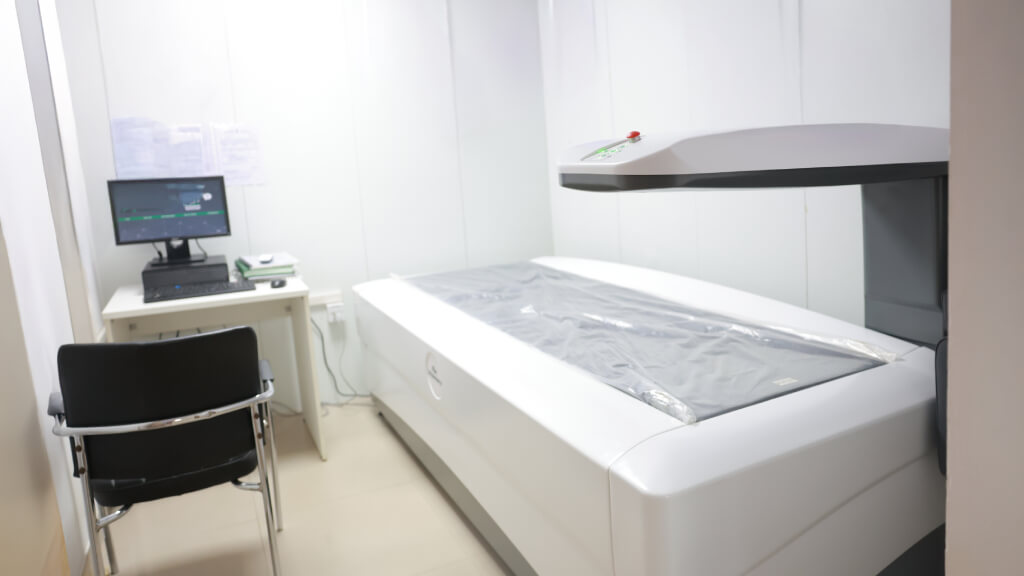What a DEXA Scan Can Tell You
Bone Mineral Density (BMD)
It measures the density of your spine, hip, or forearm bones—the areas most at risk of fracture.
Fracture Risk
By comparing your bone density to that of a healthy young adult (T-score), the scan indicates whether you’re at risk of osteoporosis or osteopenia.
Treatment Monitoring
If you’re already on medication for bone health, DEXA shows whether your treatment is working over time.
Early Detection
Even before symptoms appear, DEXA can detect bone thinning, giving you a chance to prevent fractures.
What a DEXA Scan Can’t Tell You
Bone Quality
It measures density (how much mineral is in the bone), not quality (the bone’s structure or flexibility).
Cause of Bone Loss
DEXA won’t explain why your bones are thinning. Your doctor may order blood tests or other investigations to find the cause.
Not for Everyone
Pregnant women should avoid it, and recent contrast imaging (like MRI or CT with dye) may interfere with results.
Why It’s Still the Gold Standard
Despite these limitations, DEXA remains the most reliable, widely accepted test for diagnosing osteoporosis and guiding treatment. It’s quick, non-invasive, and uses very minimal radiation—making it safe for repeated use.
The Bottom Line
DEXA isn’t about giving you every answer—it’s about giving you the most important one: Are your bones strong, or are they at risk? That knowledge alone can guide your next steps and keep you independent for years to come.
The Next Step
Get clarity, not confusion. Book your DEXA scan online today and take the first step toward protecting your bones with confidence.


